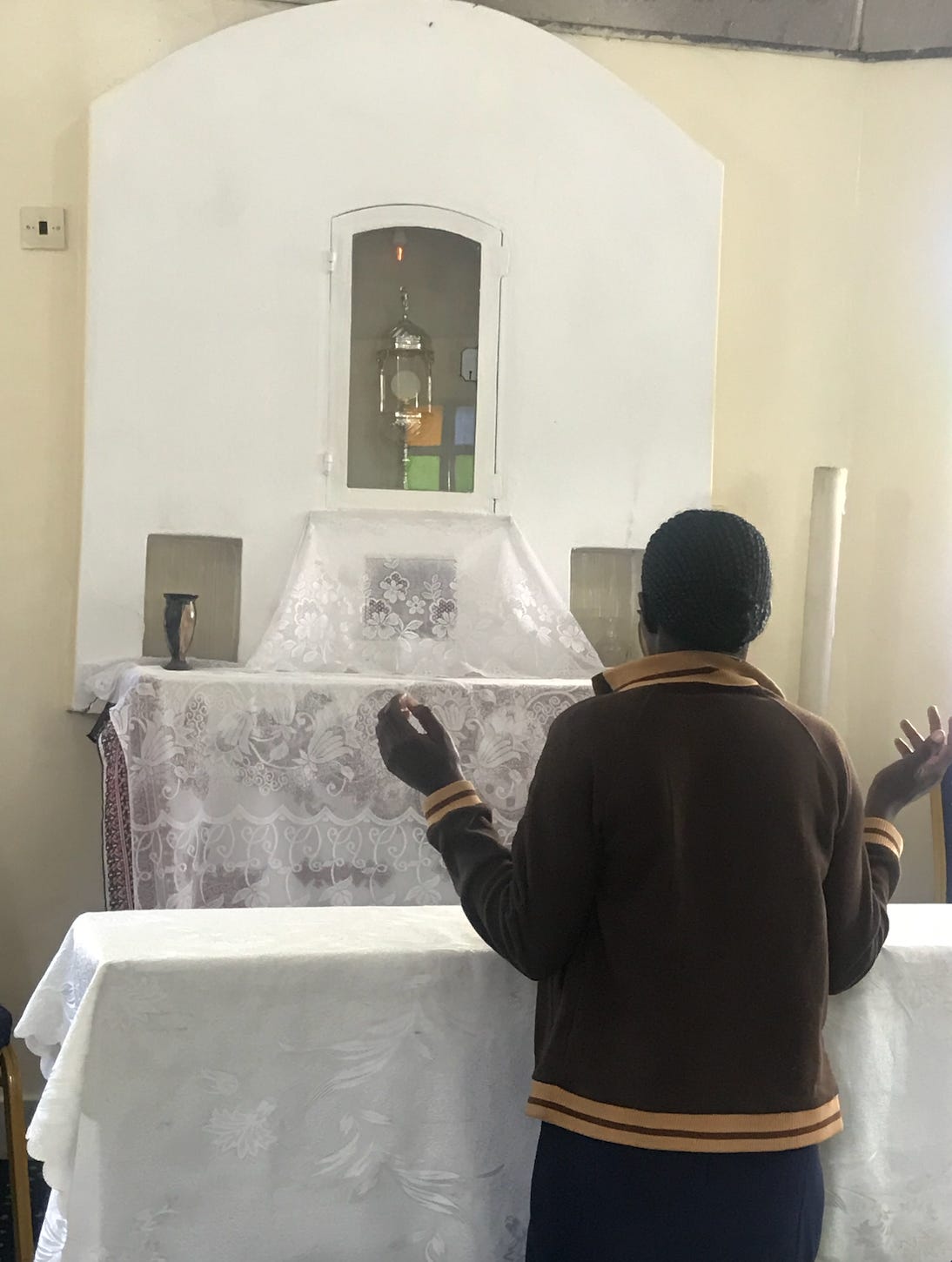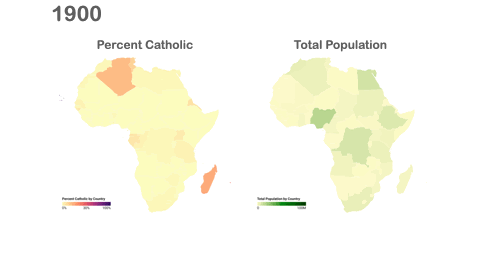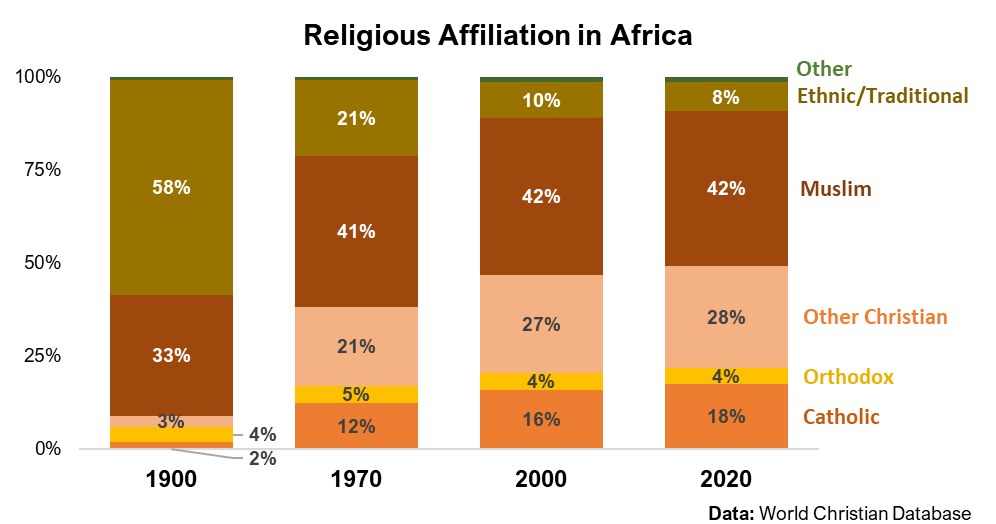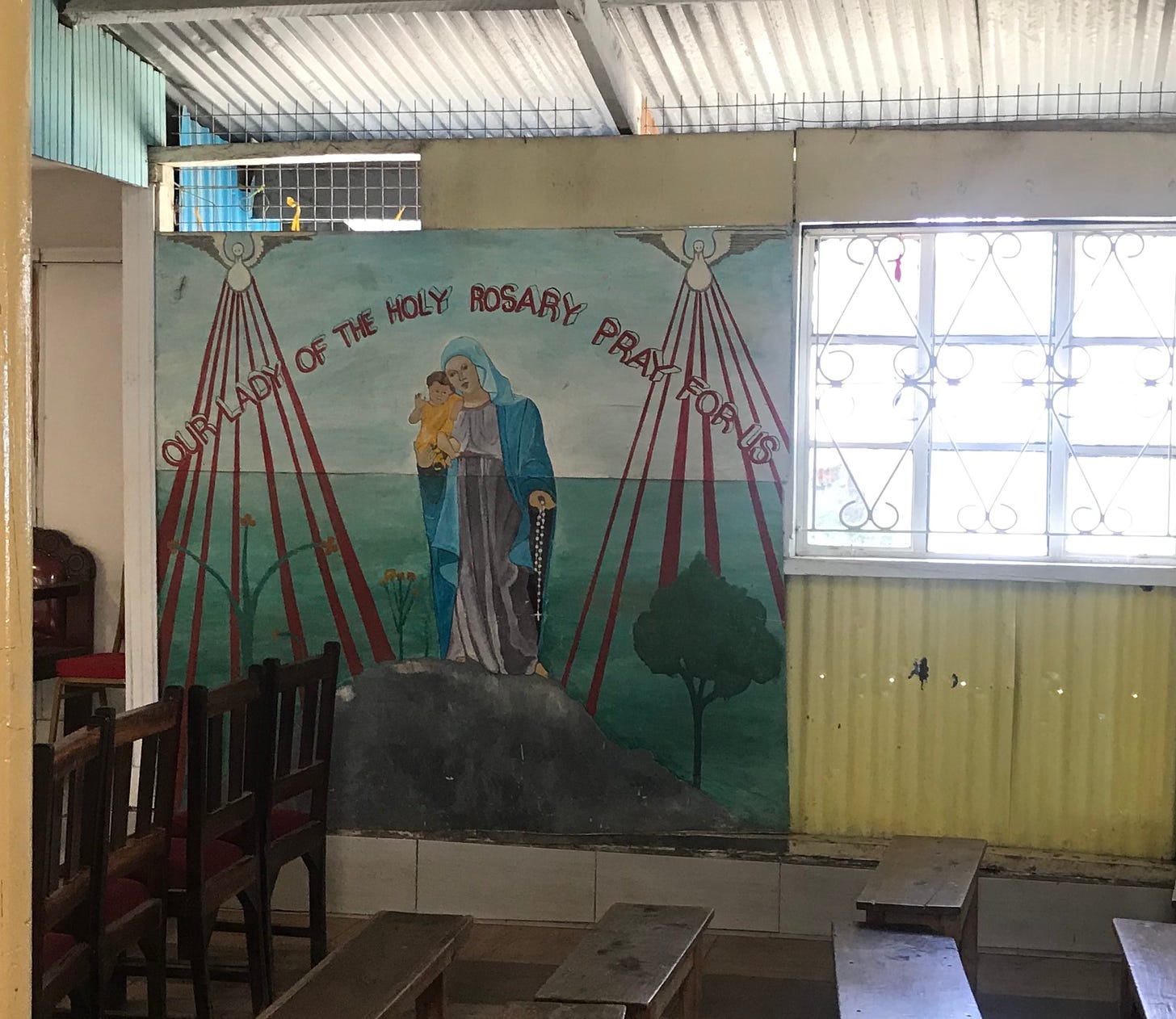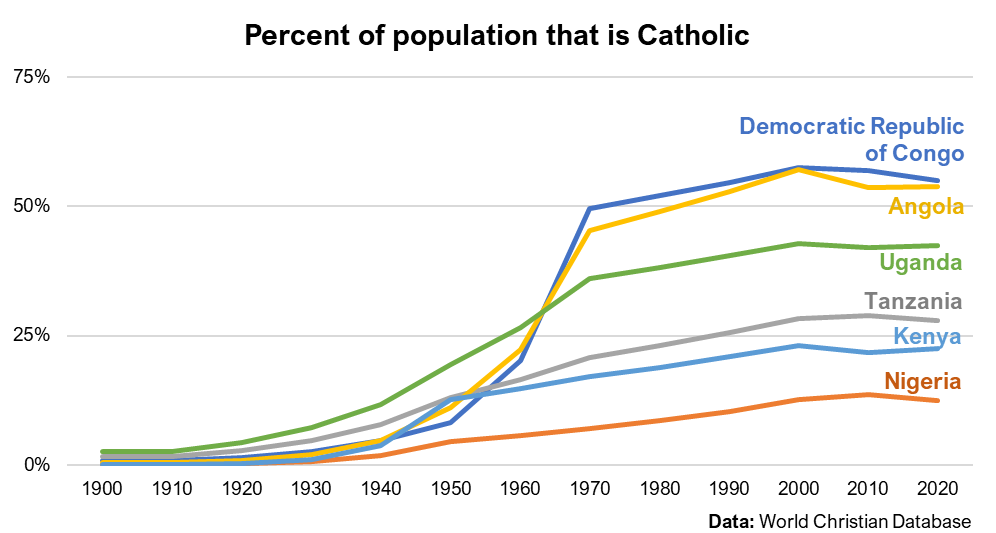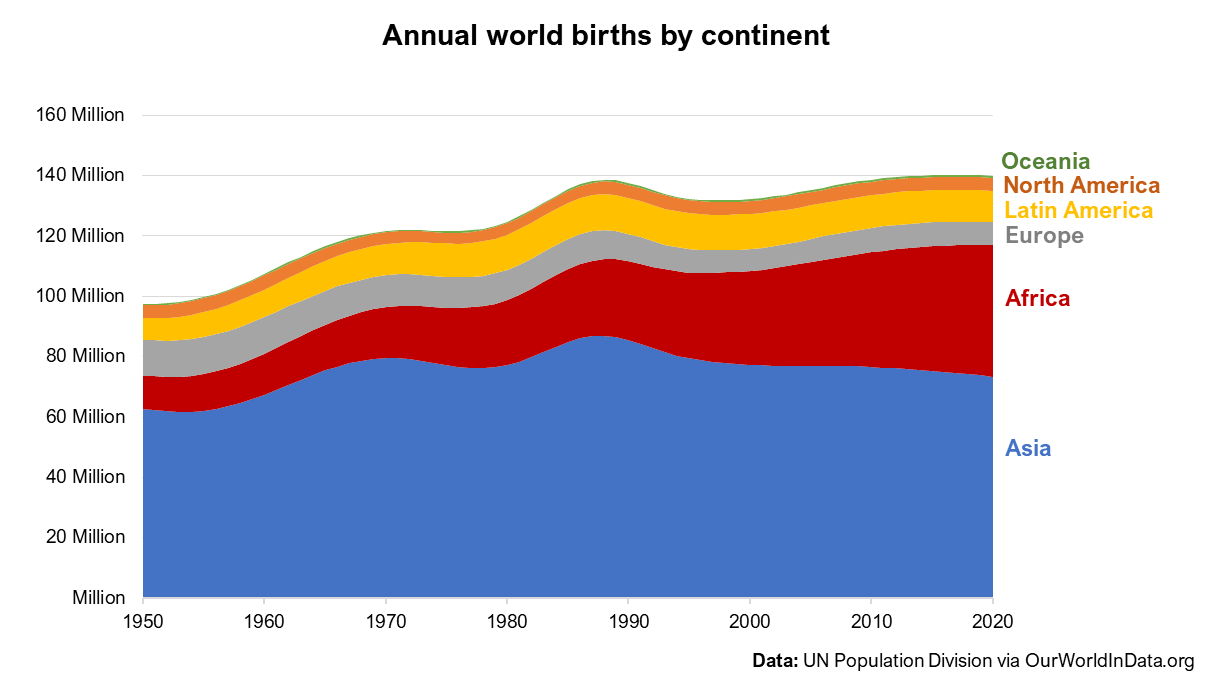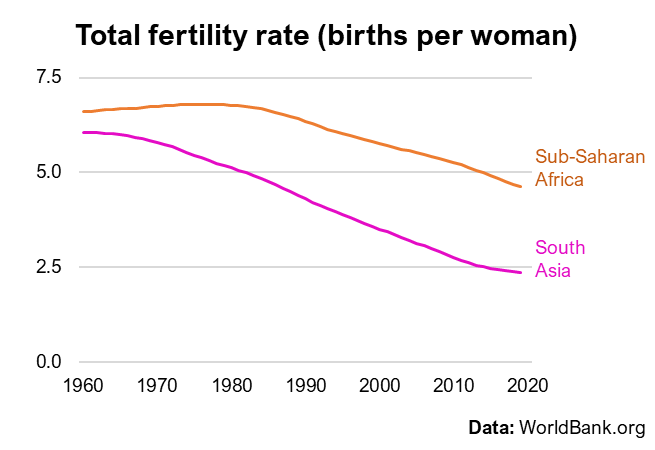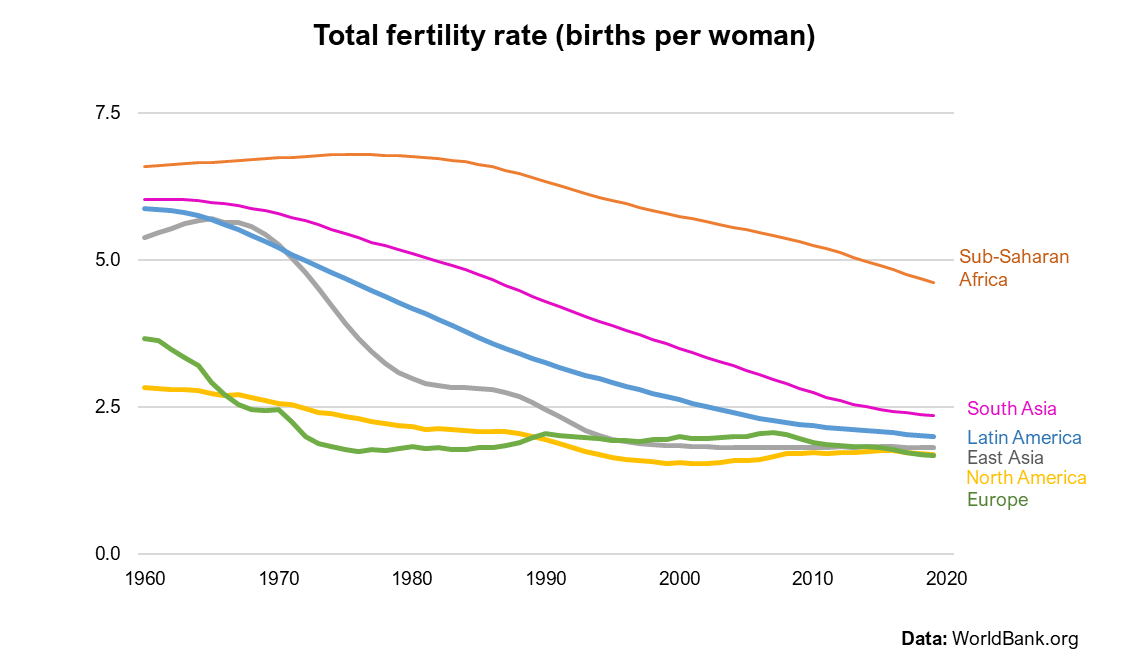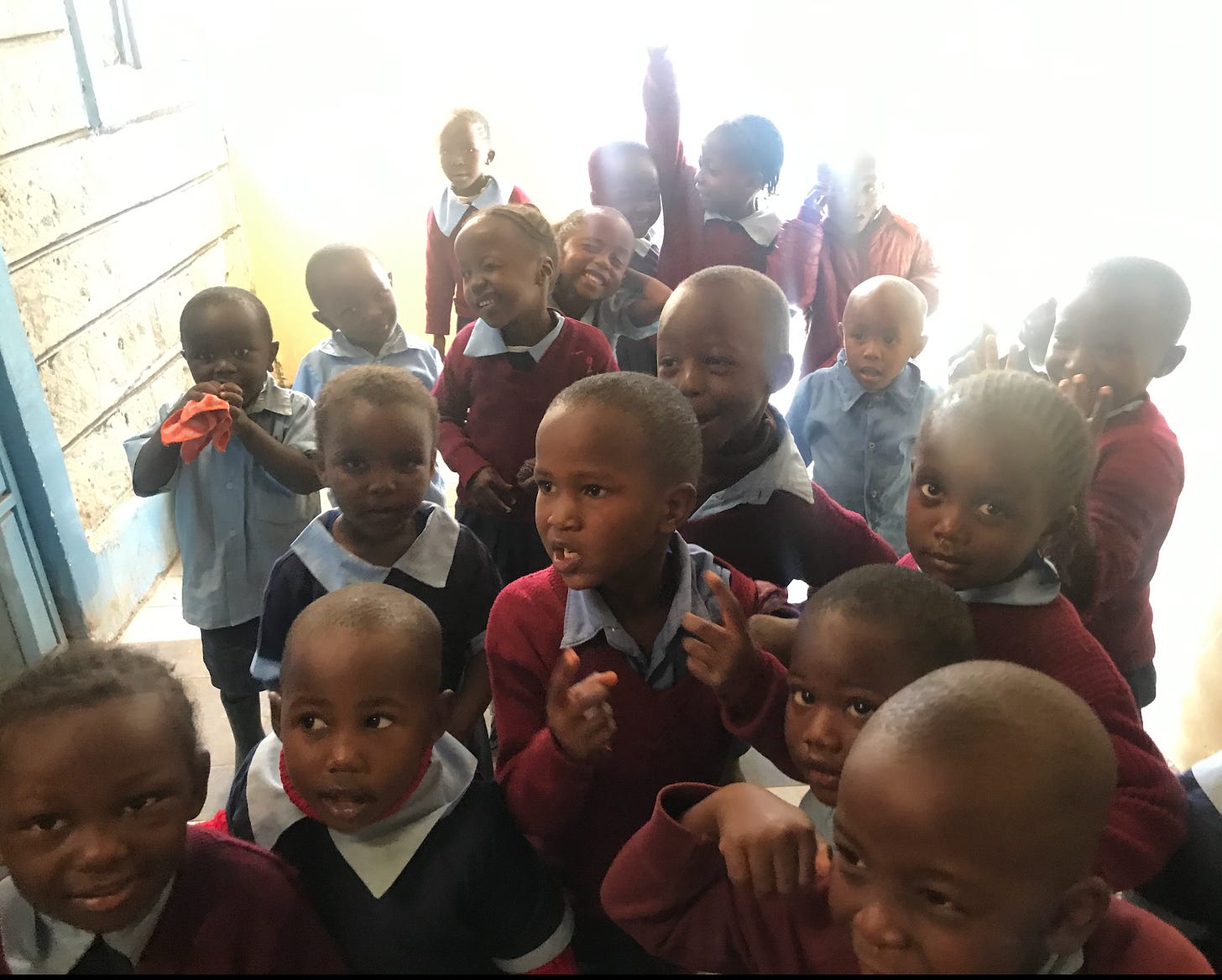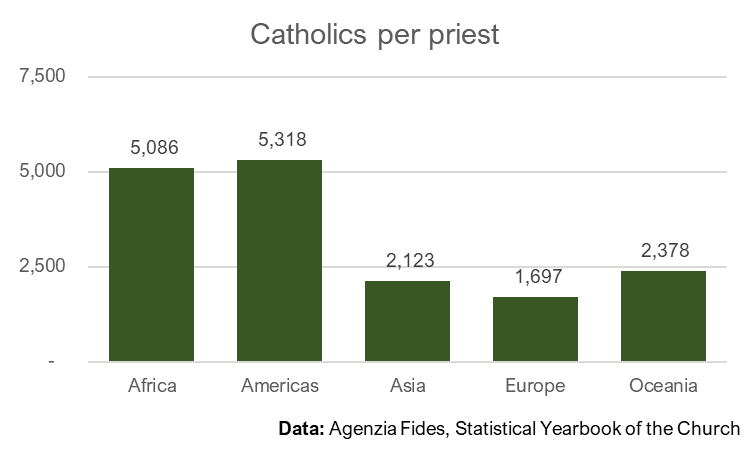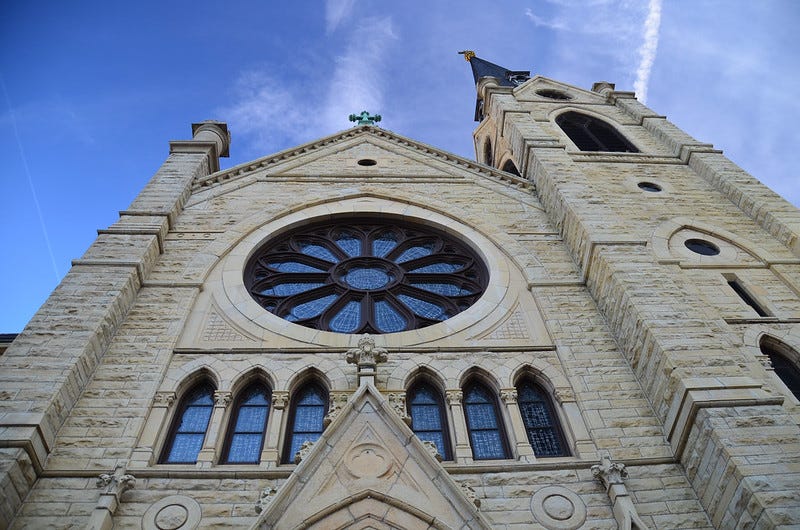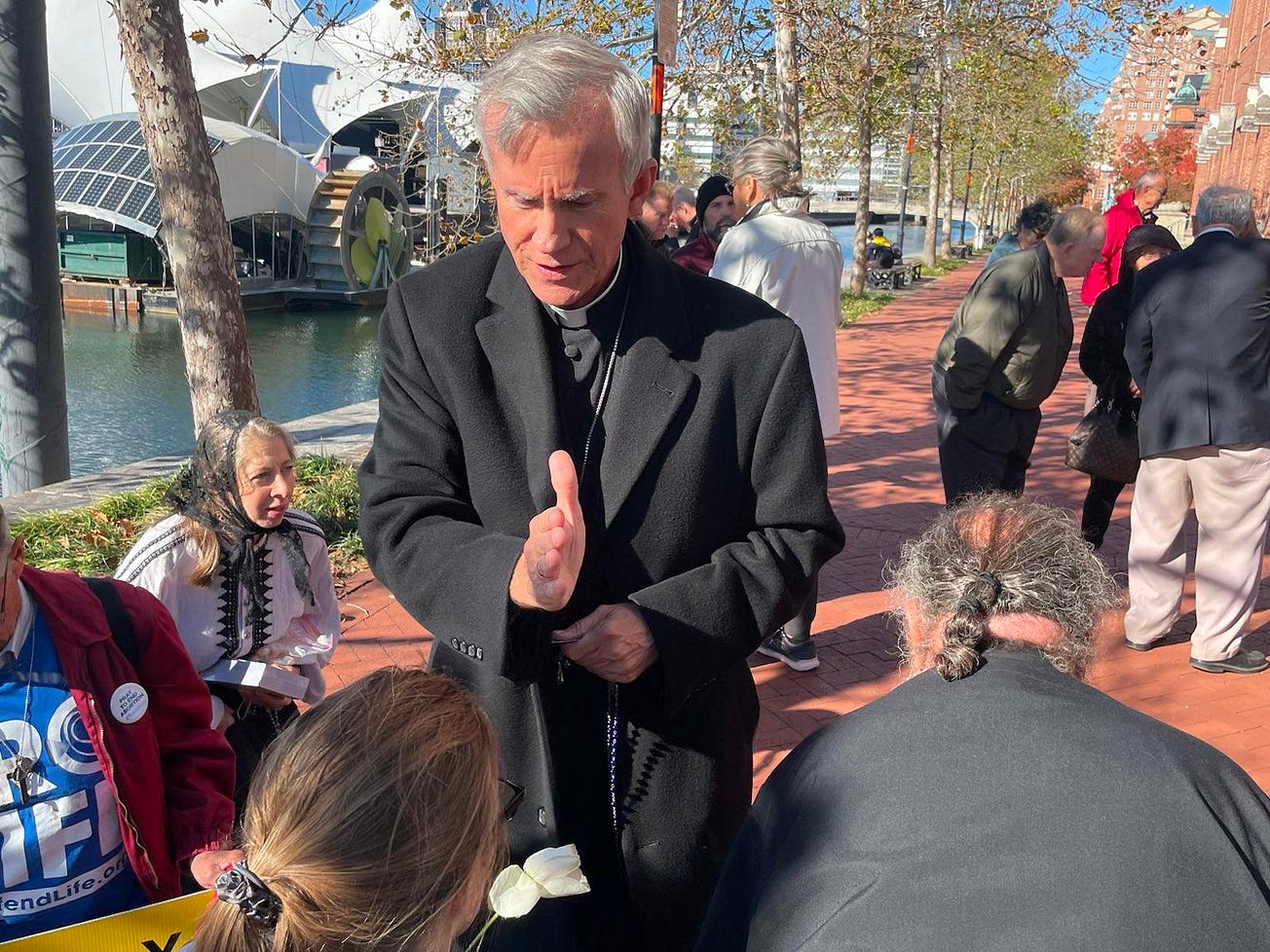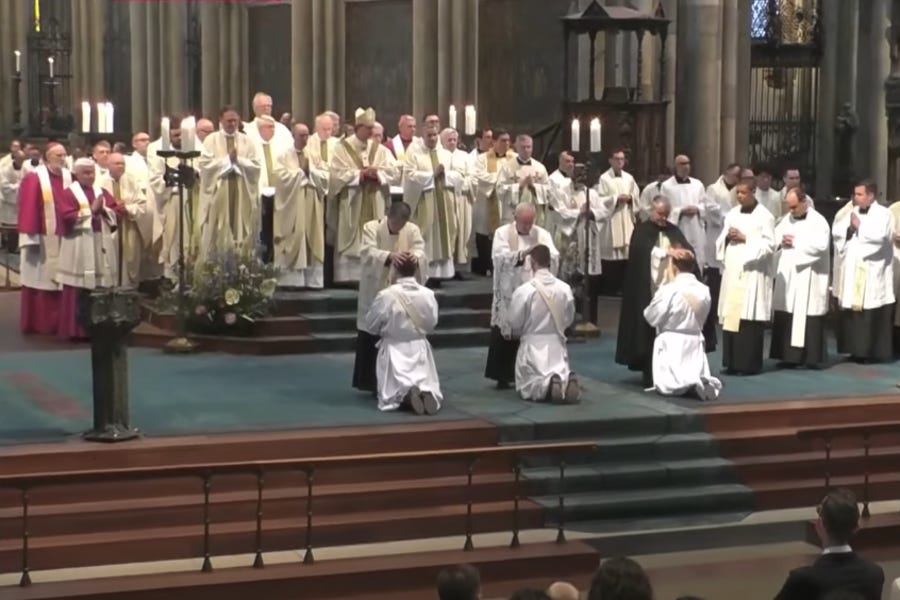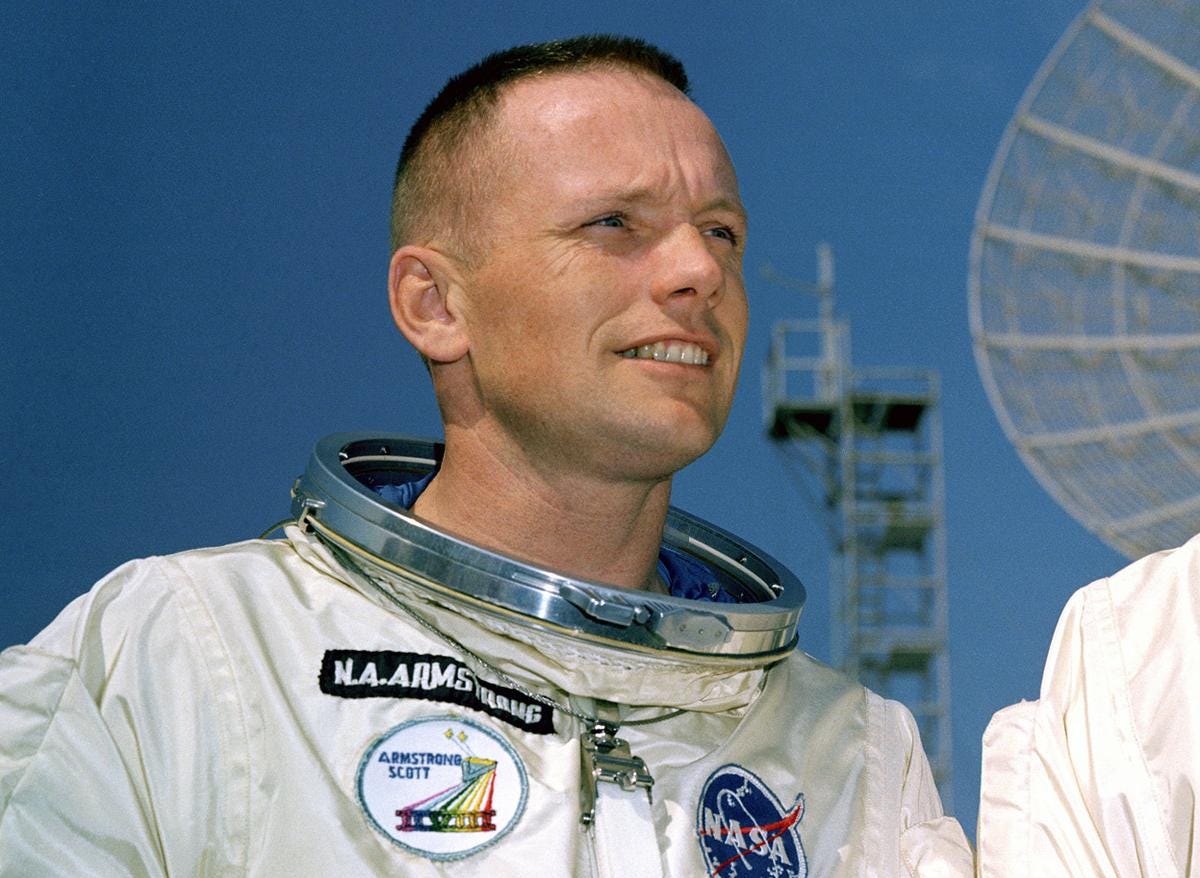For the first time in a generation, the Roman Curia is without any African cardinals in top leadership positions, after Pope Francis accepted this month the resignation of Cardinal Peter Turkson from the Dicastery for Promoting Integral Human Development.
But Africa is growing in importance within the Catholic Church, and is poised to become an even more important global center of Catholicism in the decades to come.
The growing prominence of Africa in the global Church is driven by two different stories: the conversion of sub-Saharan Africa in the first half of the 20th century, and the growth of Africa’s population — unique among all regions of the world — in the 21st.
The Pillar takes a look at the numbers.
Conversion of a continent
The globe’s second-largest continent by land mass, Africa was in 2020 home to a population of 1.3 billion people.
Fifty percent of that population is Christian; 17% are Catholic. Africa’s 236 million Catholics already make up 19% of the global Catholic population, but they are also the fastest-growing Catholic region in the world.
By 2050, the World Christian Database estimates that African Catholics will make up 32% of the Catholic Church.
Africa is not new territory for Christianity. Egypt and the rest of North Africa were integral parts of the Roman world and were early centers for Christianity. Saint Augustine served as bishop of Hippo, which is on the coast of modern day Algeria. And the Ethiopian Orthodox Church traces its history as the state religion of the Kingdom of Ethiopia to the fourth century. Indeed, Ethiopia became a Catholic state before Rome did.
But after the Roman Empire’s wane and the conquest of North Africa by Muslims in the seventh century, Christian expansion in Africa was limited until the colonial era. According to data collected by the World Christian Database, as of 1900 the continent was 9% Christian (including 2% Catholic, 2% Protestant, and 4% Orthodox) and 33% Muslim, while 58% followed traditional ethnic religions.
The period from 1900 to 1970 brought rapid religious change to Africa, as well as population growth and economic development.
The total percentage of Christians in Africa increased four-fold between 1900 and 1970: from 9% of the population to 38%.
The percentage of Catholics increased even more rapidly, from 2% in 1900 to six times that number in 1970.
Islam, which is primarily concentrated in the northern regions of the continent, grew from 33% of the population to 41%. Meanwhile, the share of Africa’s population adhering to indigenous religions decreased from 58% to 21%.
Steady numbers
Since 1970, the trends have changed. Since that time, the Catholic share of several sub-Saharan national populations has remained relatively stable. But the Catholic population has continued to grow because sub-Saharan Africa’s population has continued to grow — and it’s growing the fastest in the countries with most Catholics.
In 1970, there were seven African countries with populations of more than one million people which were at least 30% Catholic.
Each of those nations grew an average of 300% in total population between 1970 and 2020.
For similar-sized African countries with lower Catholic populations, population growth over that same period was 275%.
Because populations are growing more quickly in counties with a greater share of Catholics, demographers predict that Africa will continue to become gradually more Catholic over the coming decades. The World Christian Database estimates that the population will increase from 18% Catholic in 2020 to 19% in 2050.
A unique demographic trajectory
The conversion of Africa during the 20th century has made Christianity the single largest religious affiliation on the continent.
But with less than 20% of its population being Catholic, Africa is not the most Catholic continent on a percentage basis.
Instead, the growing prominence of Africa within the global Catholic Church can be attributed to Africa’s unique demographic trends — while most of the world slows down on reproduction, Africans, including Catholic Africans, continue having babies.
While Asia is by far the most populous continent, with 4.6 billion people, the birth rate in Asia has decreased significantly in recent years. The number of annual births in Asia has fallen from a high of 87 million in 1988 to 73 million in 2020. Meanwhile, the number of births in Africa has increased from 25 million in 1988 to 44 million in 2020.
Until relatively recently, consensus among demographers was that there was a direct relationship between economic development and fertility, with more affluent countries seeing lowering birth rates. But in recent decades Africa has diverged from other regions in this respect - as Africa gets wealthier, fertility rates have not dropped as quickly as in other developing regions.
Sub-Saharan Africa has a similar per capita GDP to South Asia. Looking at major countries in those regions: Nigeria is more affluent than India, while Pakistan is similar to Kenya.
But South Asia’s fertility rate - the total number of births per woman - has dropped much faster than Africa’s. South Asia’s fertility rate is 2.4, just above the replacement rate, while Sub-Saharan Africa’s rate is nearly double that, at 4.6.
Other regions of the world have even lower fertility rates. Latin America has a fertility rate of 2.0, below the replacement level. Fertility rates in East Asia, North America, and Europe are even lower.
Demographer Nicholas Eberstadt of the American Enterprise Institute told The Pillar that because of global fertility trends, major growth in the global labor force and population over the next five decades will come from the Sub-Saharan region.
And just as Africa will play an increasingly important role in the global economy, its increasing population seems set to play an ever-larger role in the life of the Church.
A more African Church
Africa is key to the future of the Catholic Church not only because of demographics.
As empty church pews in Europe and North America have shown, cultural Catholicism is not a guarantee of future religious vitality.
The recent Pillar Survey of Religious Attitudes and Practice found that only 36% of self-identified Catholics say they go to Mass on a weekly basis since the pandemic, while surveys by CARA and Pew Research have found even lower numbers of Mass attendance. Religious practice rates in historically Catholic regions of Europe are even lower.
Amid those declines, Africa stands out.
Gina Zurlo, co-director of the Center for the Study of Global Christianity at Gordon-Conwell Theological Seminary, told The Pillar that “Mass attendance in Catholic churches in Africa is way higher than in the U.S. Weekly attendance is around 23% in the USA; Ghana, 85%; Nigeria, 92%; Rwanda, 74%; Zimbabwe, 85%, etc.”
Because of its high level of religious practice, sub-Saharan Africa is also one of the few parts of the world in which the number of priests is growing year after year.
But Africa’s booming ordination numbers have led to certain tensions within the Church.
As Europe and North America suffer from priest shortages, their affluent dioceses are often eager to see African priests willing to serve. While some African bishops are glad to see their priests serve in Western dioceses - and see them send needed funds back home - an influx of missionary priests is not without problems. Some African priests serving in the U.S. say they have encountered racism in their parishes and within presbyterates. And African priests overstaying the permission of their bishops back in Africa is in some places an ongoing problem.
As the demographics of the Catholic West and Africa continue to diverge, Rome may find itself asked to adjudicate those problems.
And despite its growing vocations, with its large population Africa still has more Catholics per priest than Europe, and many bishops will remain eager to keep clergy at home, rather than see them staff empty churches in more affluent countries.
The Church may also need to deal with differences in moral and doctrinal emphasis in Africa, as compared with those in Europe and the Americas.
African Catholic leaders have given evidence during recent Church synods of thinking outside the left-right binaries that often define debates in the Catholic West. Their concerns, and ways of thinking, may well offer the Church paths forward on difficult issues, but not without emerging tensions between African Churchmen and their European and American counterparts.
The United Methodist and Anglican communions have recently been rocked by disagreements over sexual morality between their African and Western members. And tensions might also arise over political emphases, spirituality, and the need for Catholics in Africa - as in Latin America- to catechize congregations in the face of evangelization efforts by Evangelical/Pentecostal communities.
Zurlo noted some additional areas of difference: “African Christians take the Bible seriously, are keyed into the spiritual realm (miracles, powers, etc.), and yet are extremely socially active (unlike many conservative Christians in the USA). They're very political and have what some Americans might consider more ‘progressive’ views on climate change/environmentalism and immigration.”
Whether an African cardinal is appointed to a curial position again soon by Pope Francis, these issues will surely form a significant part of the Church’s future.
And as Africa’s Catholic population grows, European and American Church leaders may find it is African leaders who are setting the agenda for the Church’s global conversation.

